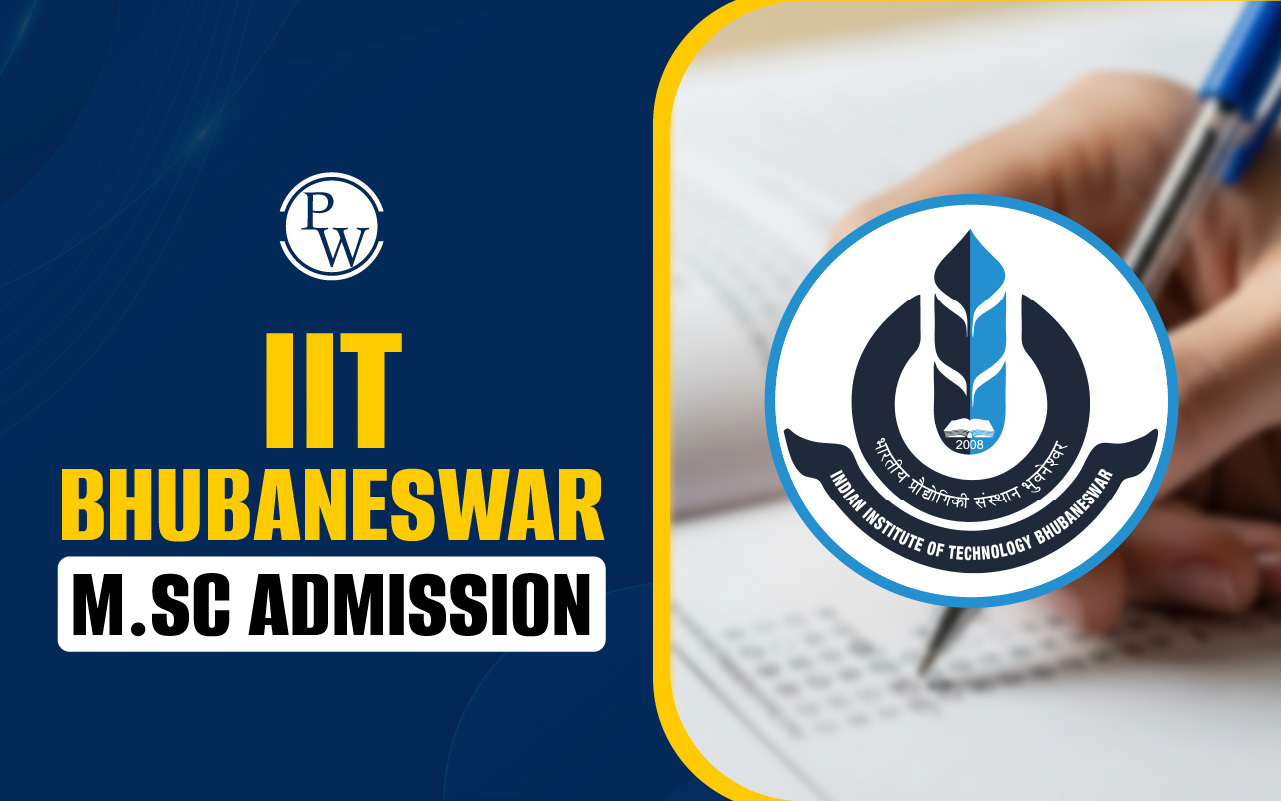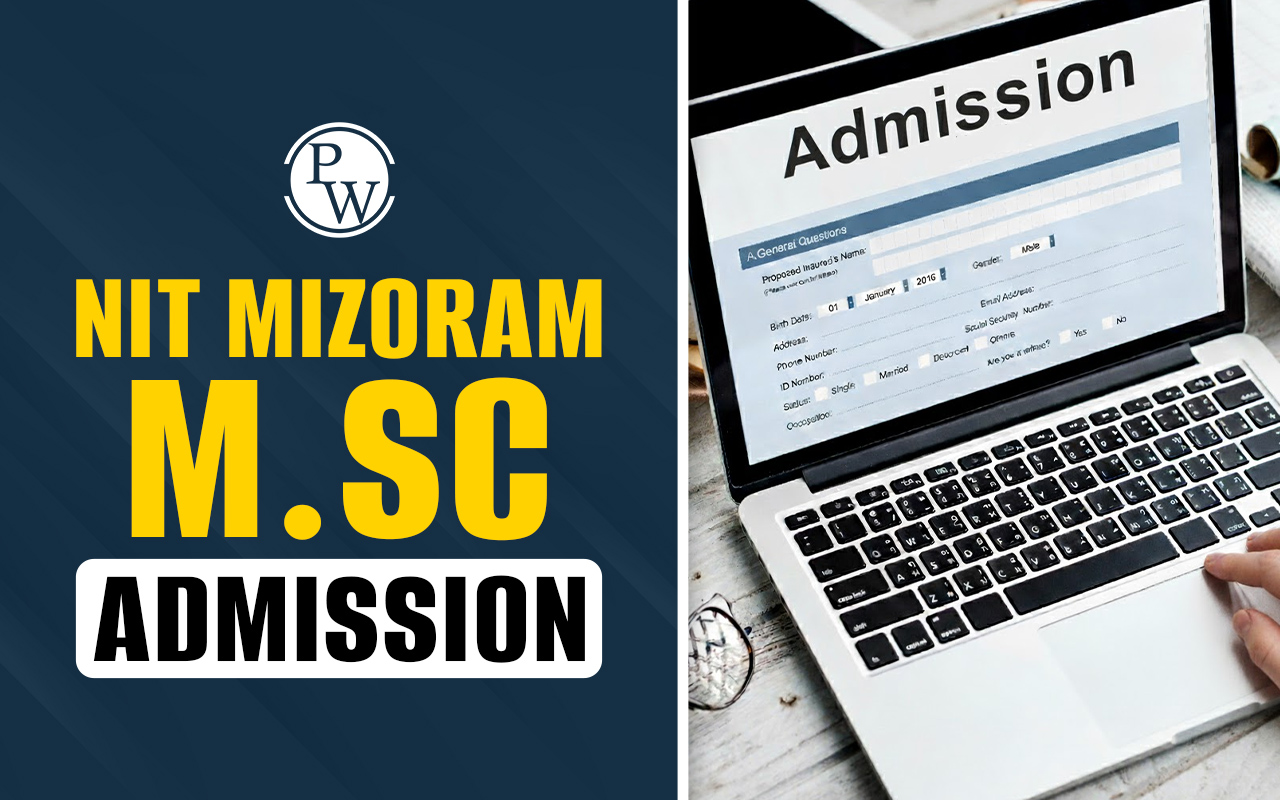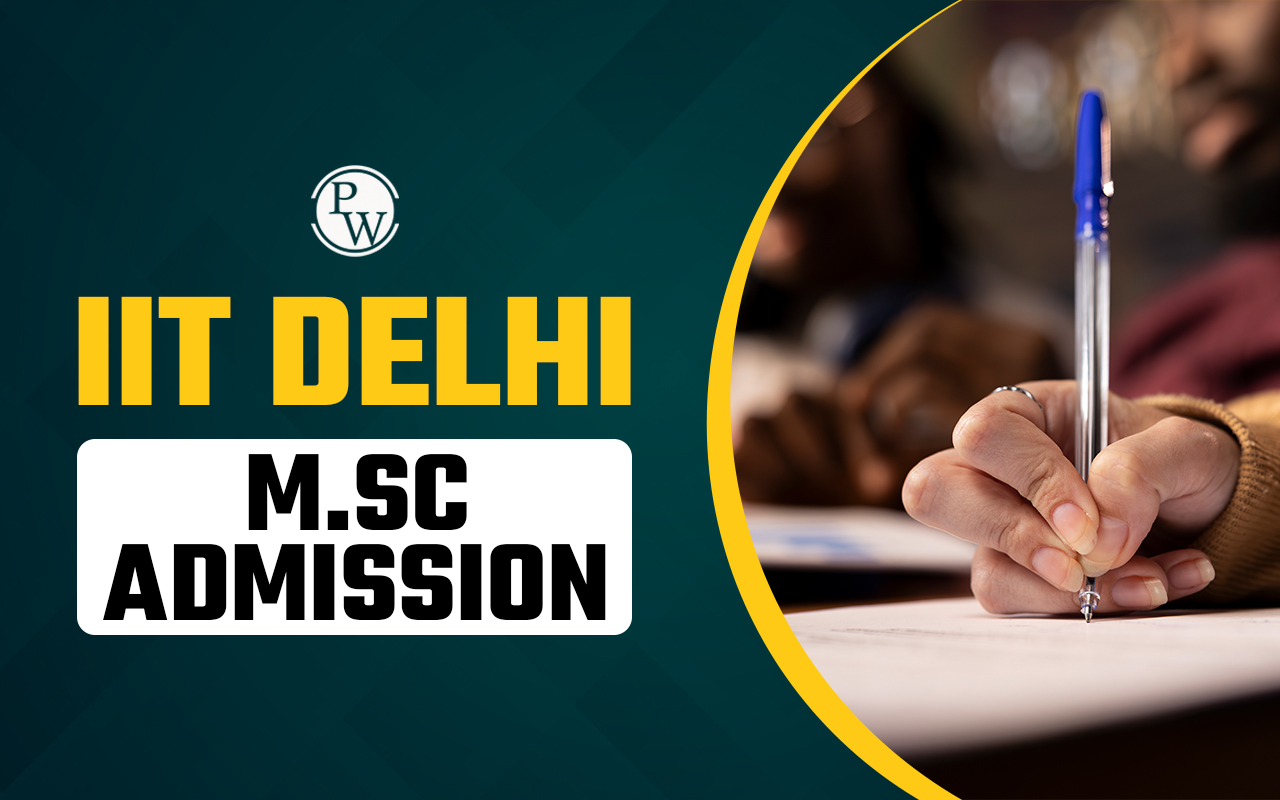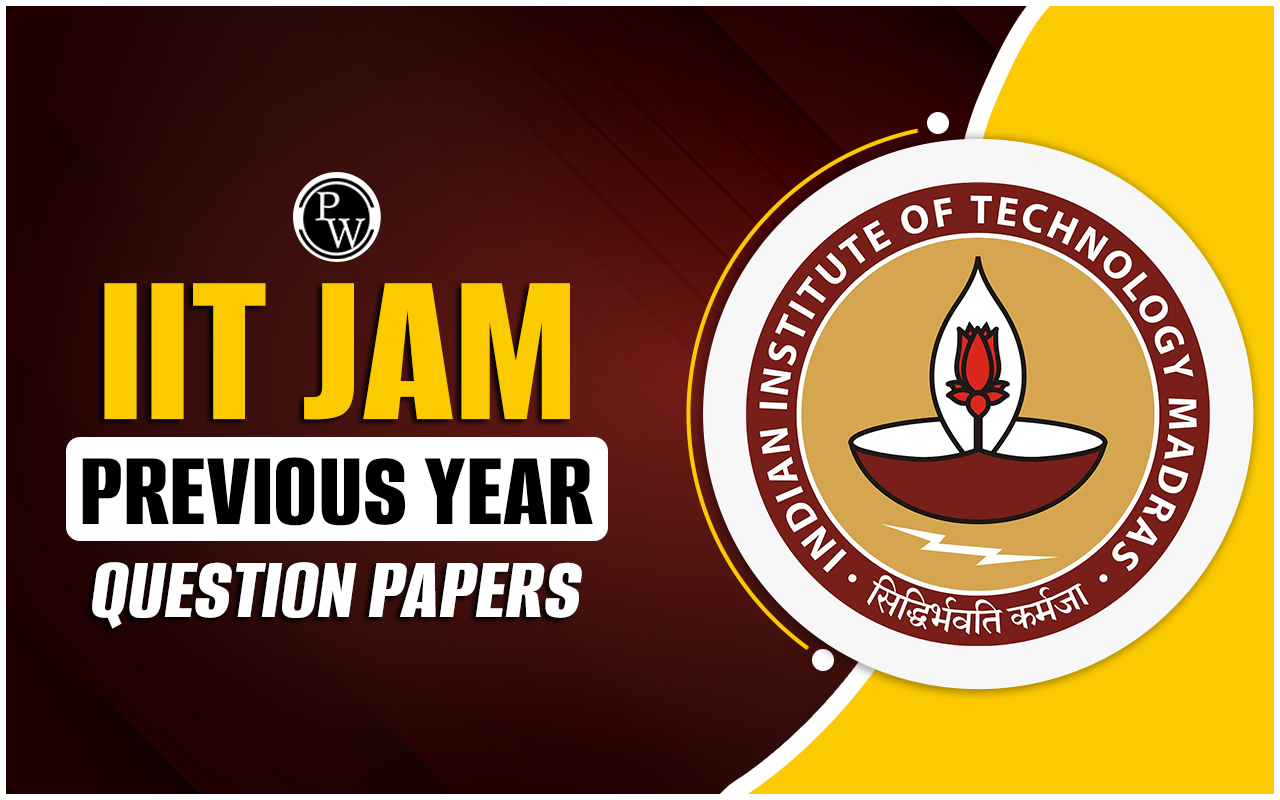
IIT JAM Physics Exam Pattern 2026 is important for all candidates who are preparing for the Joint Admission Test for Masters (JAM). It is helpful for candidates to get admission into M.Sc. and other postgraduate science programs at the IITs, IISc, and other Centrally Funded Technical Institutes (CFTIs).
The structure for IIT JAM 2026 has been officially released by the organizing institute, IIT Bombay. Having an understanding of the IIT JAM Exam Pattern is one of the most important steps to creating a preparation strategy. Here we provide detailed information about the IIT JAM Physics Exam Pattern, with he question paper structure, IIT JAM Physics Marking Scheme, and the total question distribution. It ensures you have the latest and most accurate information.
IIT JAM Physics Exam Pattern 2026
IIT JAM Physics Exam Pattern defines the structure of the Computer-Based Test (CBT) and the types of questions that might be asked in the exam. As per the latest guidelines for IIT JAM 2026, the Physics (PH) paper is created to assess the comprehensive understanding of Physics concepts as per seven major sections.
The exam consists of 60 questions with a total maximum score of 100 marks. The paper is divided into three compulsory sections: Multiple Choice Questions (MCQ), Multiple Select Questions (MSQ), and Numerical Answer Type (NAT) Questions.
IIT JAM 2026 Physics (PH) Exam Pattern Overview
Having knowledge about the IIT JAM Exam Pattern can help aspirants manage time and performance strategy. Here is a basic overview of the key details for the Physics (PH) paper:
| IIT JAM 2026 Physics (PH) Exam Pattern Overview | |
| Particulars | Details |
| Exam Name | Joint Admission Test for Masters (JAM) 2026 |
| Official Conducting Body | IIT Bombay |
| IIT JAM Exam Date 2026 | February 15, 2026 |
| Exam Mode | Online (Computer-Based Test - CBT) |
| Exam Duration | 3 Hours (180 Minutes) |
| Total Questions | 60 Questions |
| Total Marks | 100 Marks |
| Sections | 3 (Section A: MCQ, Section B: MSQ, Section C: NAT) |
| Medium of Exam | English |
| Official Website | @jam2026.iitb.ac.in |
IIT JAM Physics Exam Paper Structure 2026
The Physics paper, like all other test papers in JAM 2026, is divided into three distinct sections. The question paper with different question types, marks, and marking rules. Here is the structure of the IIT JAM Physics exam 2026:
| IIT JAM Physics Exam Paper Structure 2026 | ||||
| Section | Question Type | Number of Questions | Marks per Question | Total Marks |
| Section A | Multiple Choice Questions (MCQ) | 30 | 10 Qs of 1 Mark 20 Qs of 2 Marks | 50 |
| Section B | Multiple Select Questions (MSQ) | 10 | 2 Marks Each | 20 |
| Section C | Numerical Answer Type (NAT) | 20 | 10 Qs of 1 Mark 10 Qs of 2 Marks | 30 |
| Total | 60 | 100 | ||
IIT JAM Physics Marking Scheme 2026
Having knowledge about the IIT JAM Physics Marking Scheme is very important for a strategic attempt. It is especially due to the provision for IIT JAM Physics Negative Marking in one of the sections.
| IIT JAM 2026 Section-wise Marking Details | ||||
| Section | Question Type | Correct Answer | Incorrect Answer | Unattempted Question |
| Section A (MCQ) | 1-Mark Questions | +1 Mark | -1/3 Mark Deduction | 0 Mark |
| 2-Mark Questions | +2 Marks | -2/3 Mark Deduction | 0 Mark | |
| Section B (MSQ) | 2-Marks Each | +2 Marks (Only if ALL correct options are selected) | No Negative Marking | 0 Mark |
| - | (No partial marking) | - | - | |
| Section C (NAT) | 1 & 2-Mark Questions | +1 or +2 Marks | No Negative Marking | 0 Mark |
Important Points on IIT JAM Physics Exam Pattern 2026
Candidates appearing for the IIT JAM 2026 Physics examination should be familiar with the structure and rules of the paper. Knowledge about the exam pattern can help you make a proper strategy of the exam and manage time effectively. Here are the important points one should keep in mind:
-
Mode of Exam: The exam will be a completely online Computer-Based Test (CBT).
-
Total Questions: The paper has a fixed number of 60 questions, carrying a total of 100 marks.
-
Question Types: The paper assesses a wide range of skills through MCQs, MSQs, and NAT questions.
-
Virtual Calculator: A virtual scientific calculator will be provided on the screen. No physical calculator is permitted.
-
No Negative Marking: Sections B (MSQ) and C (NAT) have No Negative Marking. It makes them high scoring if approached with accuracy.
-
MSQ Rule: For MSQ questions, partial credit is not awarded. You should select all the correct options in order to get the full 2 marks.
-
NAT Rule: The answer should be entered as a signed real number using the virtual numeric keypad.









